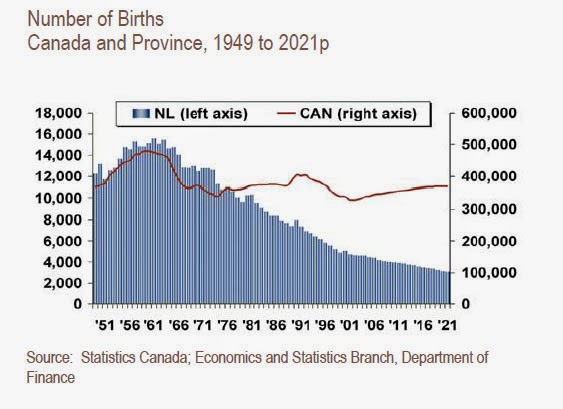General Geologic Events
Obviously the underlying geology of a place is of great
importance to get a good geographic understanding of an area—some more so than
others. Newfoundland’s geology is a definite ‘must’ in this regard. Thus, I
will provide a very brief history of the area in geologic terms.
I start with Gondwanaland, a supercontinent, which
was fully assembled by the Late Precambrian, some 600 - 550 million years ago, consisting mostly of South Hemispheric continents. See
the geologic column here.
Gondwanaland was separated from Laurentia (North America)
and Baltica (northern Europe) by the opening of the Iapetus Ocean (see photo below). Notice
the peri-Gondwanan terranes (=fragment of the crust that differs sharply
geologically from the surrounding area) of Avalonia, Armorica and others that have
assembled on the northern Gondwana margin from the craton of Amazonia to West Africa.
 |
| Add caption |
 Originally, Avalonia developed as a volcanic arc on the northern margin of Gondwana. Eventually, it became a drifting microcontinent with the Rheic Ocean behind it and the Iapetus Ocean in front.
Originally, Avalonia developed as a volcanic arc on the northern margin of Gondwana. Eventually, it became a drifting microcontinent with the Rheic Ocean behind it and the Iapetus Ocean in front.
Ultimately, Avalonia collided with Baltica (Northern Europe) and Laurentia (North America) and Gondwana in the south creating a new supercontinent Pangaea. This collision also was the beginning of the Appalachian mountain range building (Appalachian orogeny)--as well as that of the Caledonian mountain range stretching from Greenland, to Great Britain and Norway.
The creation of the Atlantic ocean rifted the continents apart causing Avalonia to be torn into several pieces and attached to different continents (see map sketch below).
The geologic region termed Avalonia is derived from the name given to the peninsula south of St. John's in New Foundland Avalon. Avalon, then, represents a piece of Avalonia with other crustal pieces distributed in Great Britain, Europe, Amazonia and West Africa.General Geologic Events in Newfoundland
Newfoundland's geologic areas can be subdivided into roughly three regions:
1) The Eastern Zone consists of portions of Avalonia;
2) the Central Zone consists primarily of ocean crust and underlying mantle material stemming from the Iapetus Ocean subducting in this area causing the continents of Laurentia and Gondwana to collide. Huge slabs of ocean floor are preserved in the mountains of western Newfoundland as a rock sequence called ophiolite.
3) The Western Zone is that of the ancient continent Laurentia.




















































